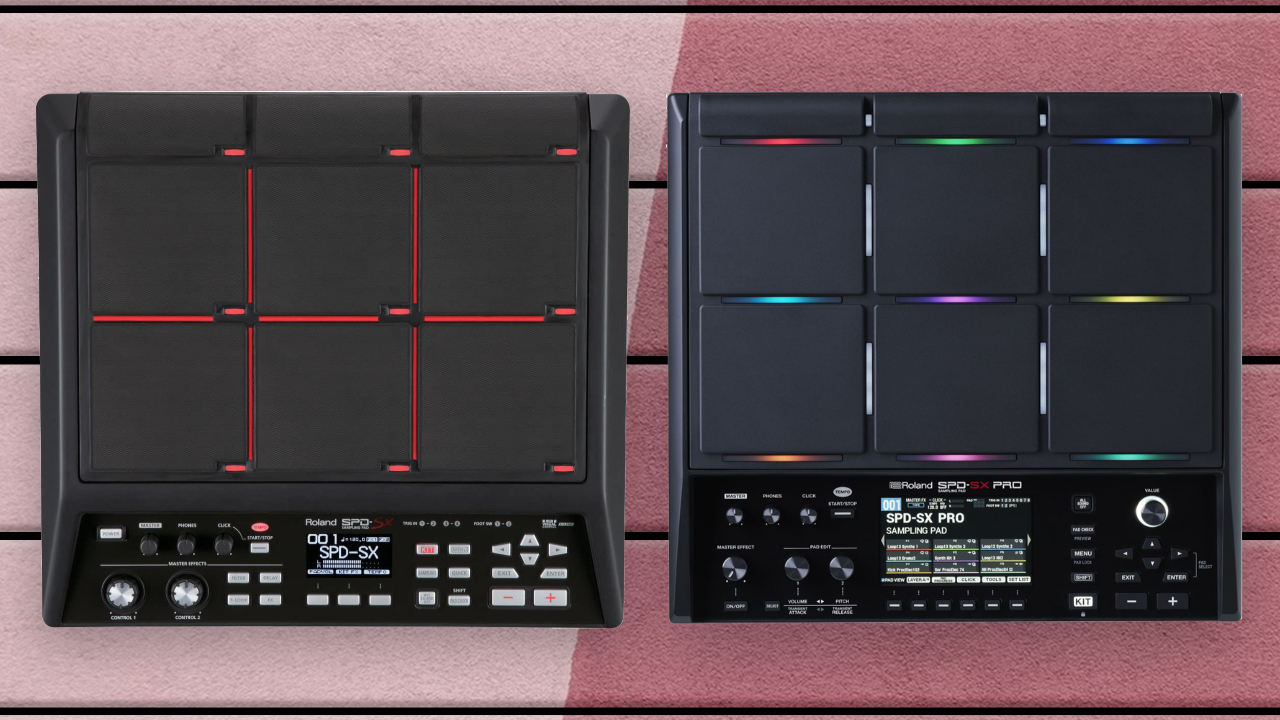
Electronic sample pads have become the must-have accessory for any discerning hybrid drummer. The power to incorporate additional sounds, loops and backing tracks is a desirable addition to any acoustic setup, regardless of the size of your rig or the genre you play.
Roland’s first device that was capable of accommodating user audio files was the SPD-S which hit the market in 2003, followed in 2011 by the enormously popular (and now pretty much industry standard) SPD-SX. This was followed in 2020 by a Special Edition model with increased storage capacity. Late in 2022 Roland announced its latest incarnation - the SPD-SX Pro.
In a surprise twist Roland has made the decision to continue production of its already established SPD-SX alongside the new Pro model. So the obvious questions that need answering are, what are the differences between the two models, which one should you spend your hard earned cash on or, if you already own the standard edition SPD-SX, is it worth an upgrade to the pro?
Roland SPD-SX vs SPD-SX Pro: At a glance
Both models are designed to do essentially the same job which is play back audio samples such as acoustic and electronic drum sounds, percussion, sound effects, loops and even full backing/click tracks. This makes them fantastic as stand-alone instruments or as a versatile addition to drum or percussion setups (which tends to be their usual habitat).
Both have the same chassis size and nine individual pads for triggering pre-assigned audio files. Each model also has external pad or trigger inputs for adding additional playing surfaces, a built-in multi-fx engine and a library of preset kits and samples.
Where they begin to differ starts with the visibly larger colour display of the Pro model which, in addition to displaying more important information during performance, also enables simpler navigation of the menu system. Another evident aesthetic change is the addition of new LED strips which not only separate each pad in low-light but can also be set to custom colours.
Roland SPD-SX
- Up to 4 external pads
- 16GB internal storage
- 16bit 44.1 kHz samples
- 210 factory samples
- 16 kit presets with room for 100
- Graphic LCD (128x64 dots)
- Multi effects
- L&R output jacks
- Limited software control via USB
- 8 kit chains (20 steps per chain)
- Read the full Roland SPD-SX review
Roland SPD-SX Pro
- Up to 8 external pads plus hi-hat control
- 32GB internal storage
- 16bit 48 kHz samples with auto conversion from WAV, AIFF, MP3
- 1,550 factory samples
- 43 kit presets with room for 200
- 4.3 inch LCD
- Multi effects, inc side chain compressor
- Balanced L&R output jacks
- Setlist function allows up to 32 kit chains
- Other features: programmable LED lights, 16 step sequencer, fully software controllable via USB, audio files assignable as click tracks
- Read the full Roland SPD-SX Pro review
Roland SPD-SX vs SPD-SX Pro: Hardware & features
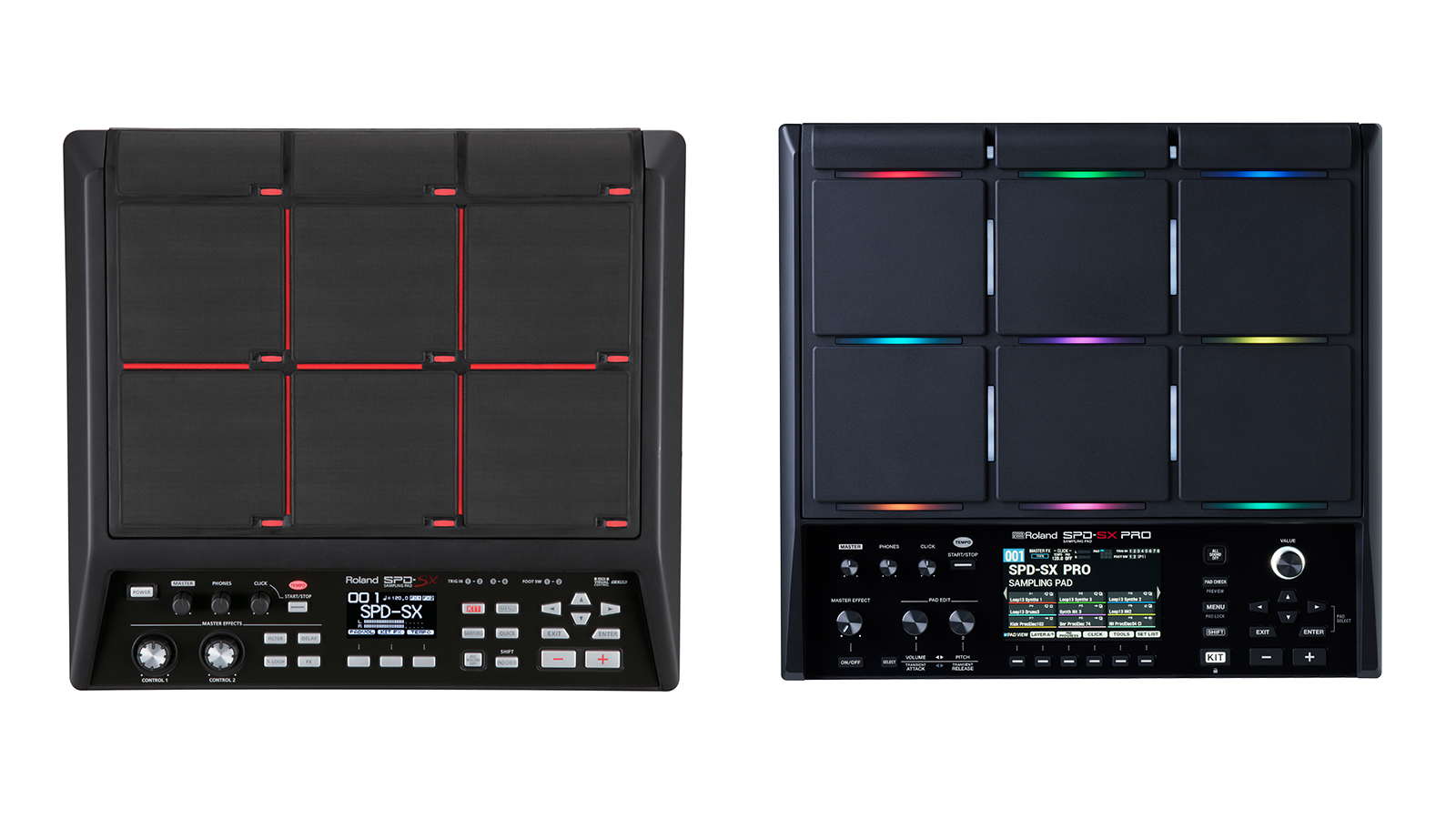
In addition to the shiny new screen and lights, the Pro model is packing several more exciting tricks up its sleeve. For starters the internal storage space has been doubled to 32GB which although might not sound like much actually equates to around 44 hours of stereo audio.
There are more than twice as many external pad inputs on the Pro which allows up to eight individual trigger inputs, plus a dedicated hi-hat control pedal (the SX has just four inputs with no hi-hat control). This means that the SPD-SX Pro can not only run a larger hybrid setup but can also be used as an electronic drum kit module in its own right.
In addition, the Pro has been treated to four direct outputs which vastly increases the amount of available setup options - both on stage or in the studio. The SPD-SX allows separate routing of the master and headphone outputs for running click tracks but with these additional outputs the Pro can also accommodate running individual samples or instruments through separate channels.
Winner: The SPD-SX Pro takes an easy lead here because of more internal storage and expanded connectivity.
Roland SPD-SX vs SPD-SX Pro: Build quality & design
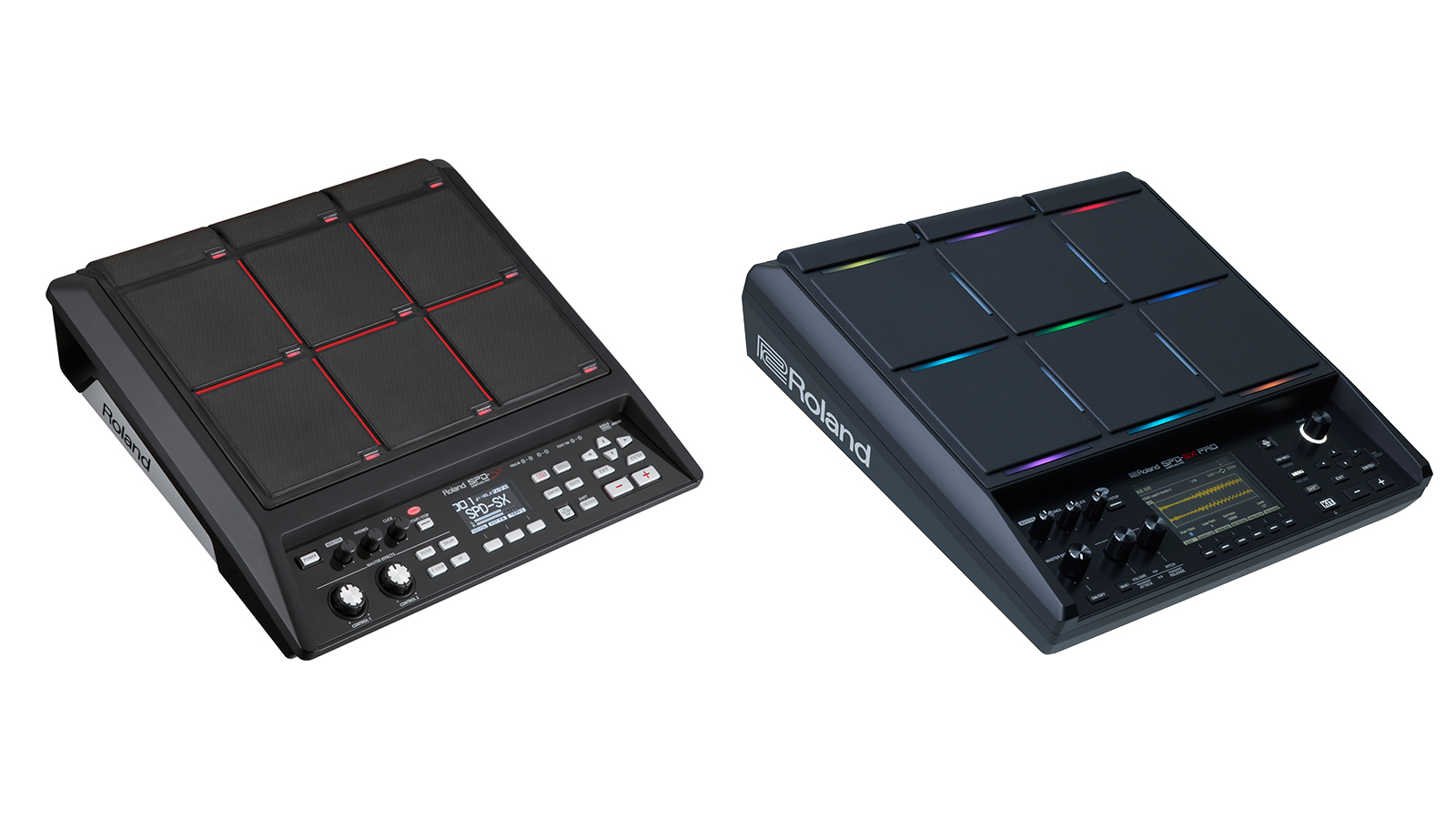
In terms of build quality there is little difference between the two units. Both use a large black rubber playing surface which is split into six square pads and three rectangular ‘shoulder pads’ along the top edge. Each unit has a control panel at the bottom which is home to the screen, menu controls and rotary dials for speedy adjustments. The units are housed in a rigid and hard wearing black plastic shell (the SPD-SX is also available in a red special edition) designed to take any rogue stick hits. As mentioned above, both have an identical chassis size (give or take a few millimetres) of approx. 14”x13”x3” and the original model is slightly lighter at 2.5kg compared to 3kg.
Other than a slight rearrangement of the control panel and the aforementioned larger screen and LED lights, both units are more-or-less the same. From personal experience we can vouch that the SPD-SX is built for the road so it stands to reason that the SPD-SX Pro will also stand up to the rigours of the road. Both fit the same mounting plate which can be used to sturdily attach to a stand or multi-clamp.
Winner: The SPD-SX Pro takes the lead here because of the upgraded display but there is very little between the two in terms of build quality.
Roland SPD-SX vs SPD-SX Pro: Playability
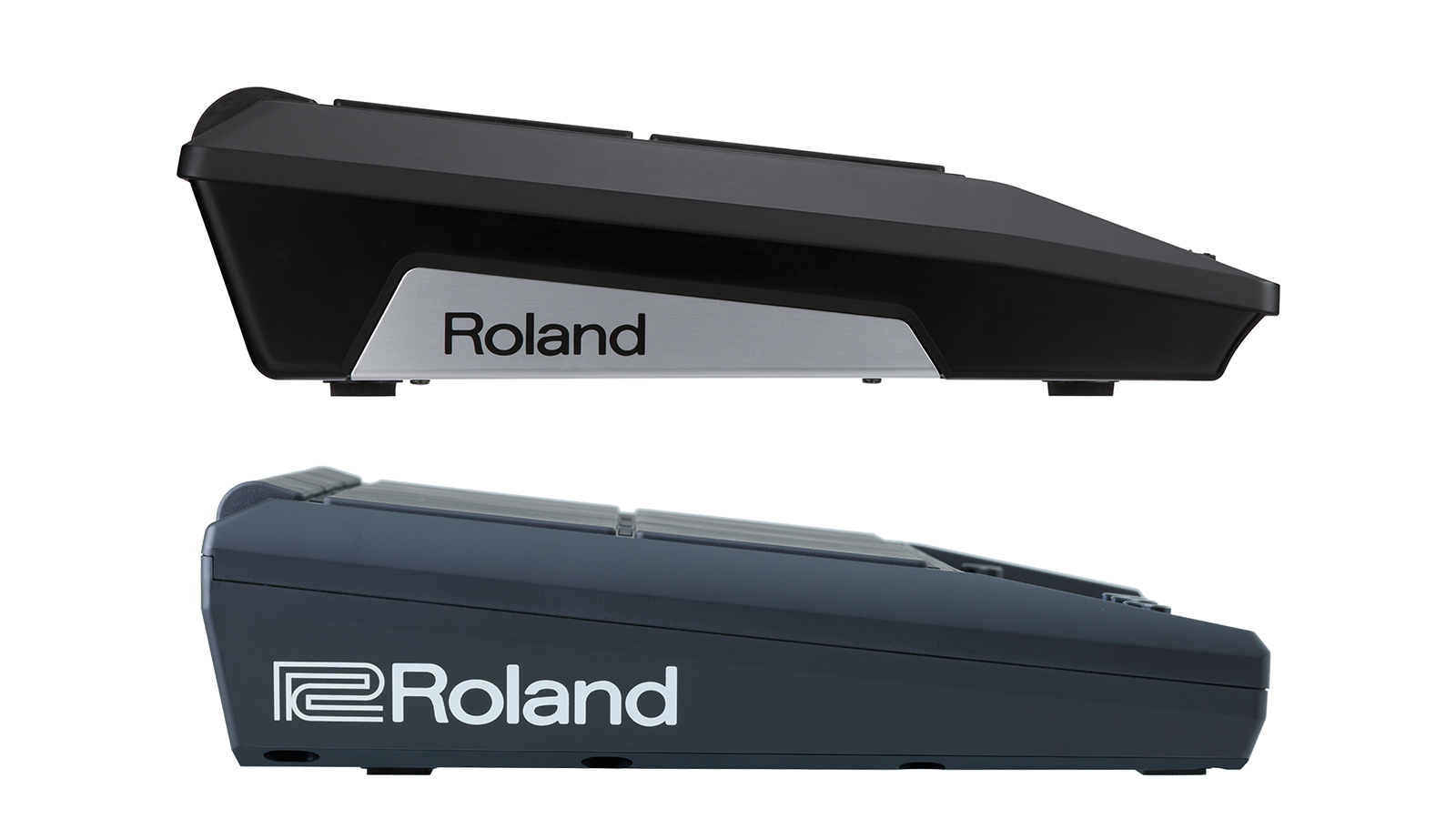
In terms of physical playability both models are essentially the same due to the tried and tested square pad design. Roland has worked hard to ensure that no accidental triggering or ‘cross-talk’ occurs between pads. For example no matter how vigorously a pad is struck, none of its neighbouring pads will be falsely triggered by the vibration. The SPD-SX Pro takes this a step further with noticeably more sensitivity whilst maintaining the pad separation. So much so in fact that it can be played comfortably with hands.
The FX engines work very similarly on both models with options ranging from EQs, reverbs and delays to choruses, flangers, distortion and more. The SPD-SX has the ability to program a master effect and two individual multi-fx (all of which can be controlled in real-time by two rotary dials on the control panel). The SPD-SX Pro has the master effect plus four multi-fx and a side chain compressor. Despite a deeper level of control within the menu system, the physical fx control has been simplified in favour of new pitch, volume, attack and release dials.
Winner: The SPD-SX Pro takes the lead here because of more sensitive pads and a more powerful fx engine.
Roland SPD-SX vs SPD-SX Pro: Sounds
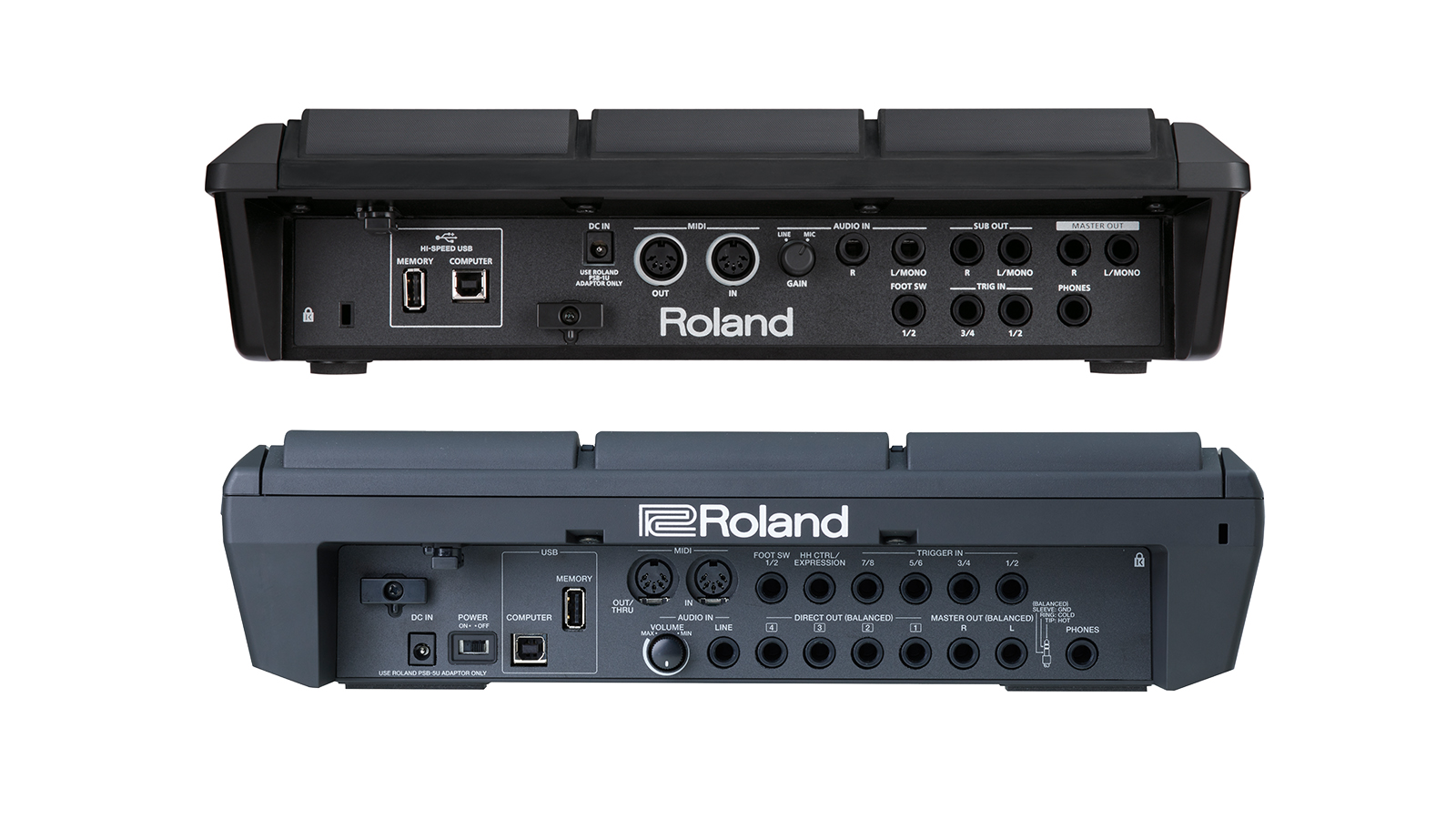
As previously mentioned, the newer model has twice as much storage as its older sibling. The standard SX comes with 210 in-built samples, featured across 16 preset kits (with room for a total of 100). The SPD-SX Pro comes with a massive 1,550 pre-programmed audio files and 43 preset kits (with a maximum of 200). Both vary from acoustic drums and percussion shots to loops of various styles and electronic percussion such as handclaps and sub-drops. Generally the samples on the Pro are noticeably better quality (particularly the acoustic drums) as they are taken from Roland’s more recent sound libraries.
Both models allow a ‘B’ layer sample to be assigned to each pad although each works a slightly different way. On the SX the B sample is triggered every time the pad is struck - brilliant for blending two sounds together such as a snare drum and a tambourine for example. The Pro has the extra ability to separate the A and B layers by velocity which gives a ton of options to switch or mix the individual layers depending on how hard the pad is struck.
Winner: The SPD-SX Pro takes the lead here because of a much larger in-built sample library and more flexibility in how to use them.
Roland SPD-SX vs SPD-SX Pro: Verdict
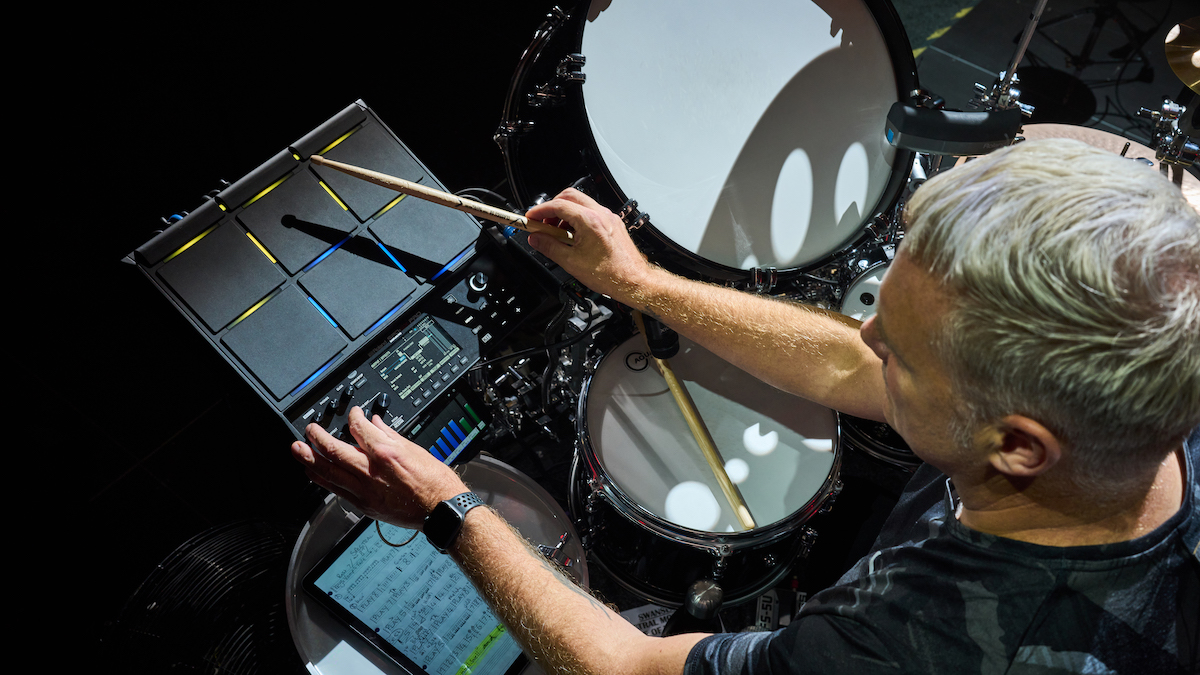
Ultimately everything the SPD-SX can do the SPD-SX Pro can do better, plus much more. Realistically the main reason to choose the older model is due to its more affordable price point - at the time of writing there is a $/£400 difference between the standard and Pro models). For more casual users, the SX is still an incredibly powerful machine which offers everything required of a sample pad. In fact it’s fair to say that the average user likely won’t even reach its full capabilities. For those who just need something to use as a drum machine or as a hybrid expansion to their current setup then the SPD-SX is a worthy purchase.
There will be those on the other hand that have hit the limit of what the SX offers. In which case the Pro version could very well be the answer they’ve been looking for. This could come down to the extra storage space, wider FX options, extra trigger inputs, direct outputs to name a few.
The Pro version also comes with a completely revamped software app which enables comprehensive editing control via PC or Mac. This is one of many new features that might sway someone to opt into the more expensive option.
If you’re on the fence, there’s no question that the SPD-SX Pro is the one to go for if not just for the larger colour screen and the nifty programmable LEDs. The extra trigger inputs also lend it more versatility in terms of setup which will future proof you for different setup options down the line.







